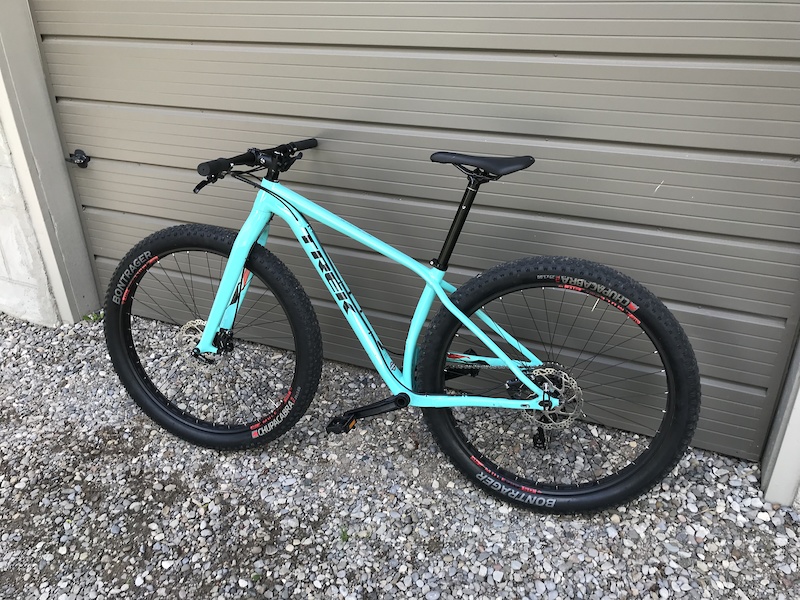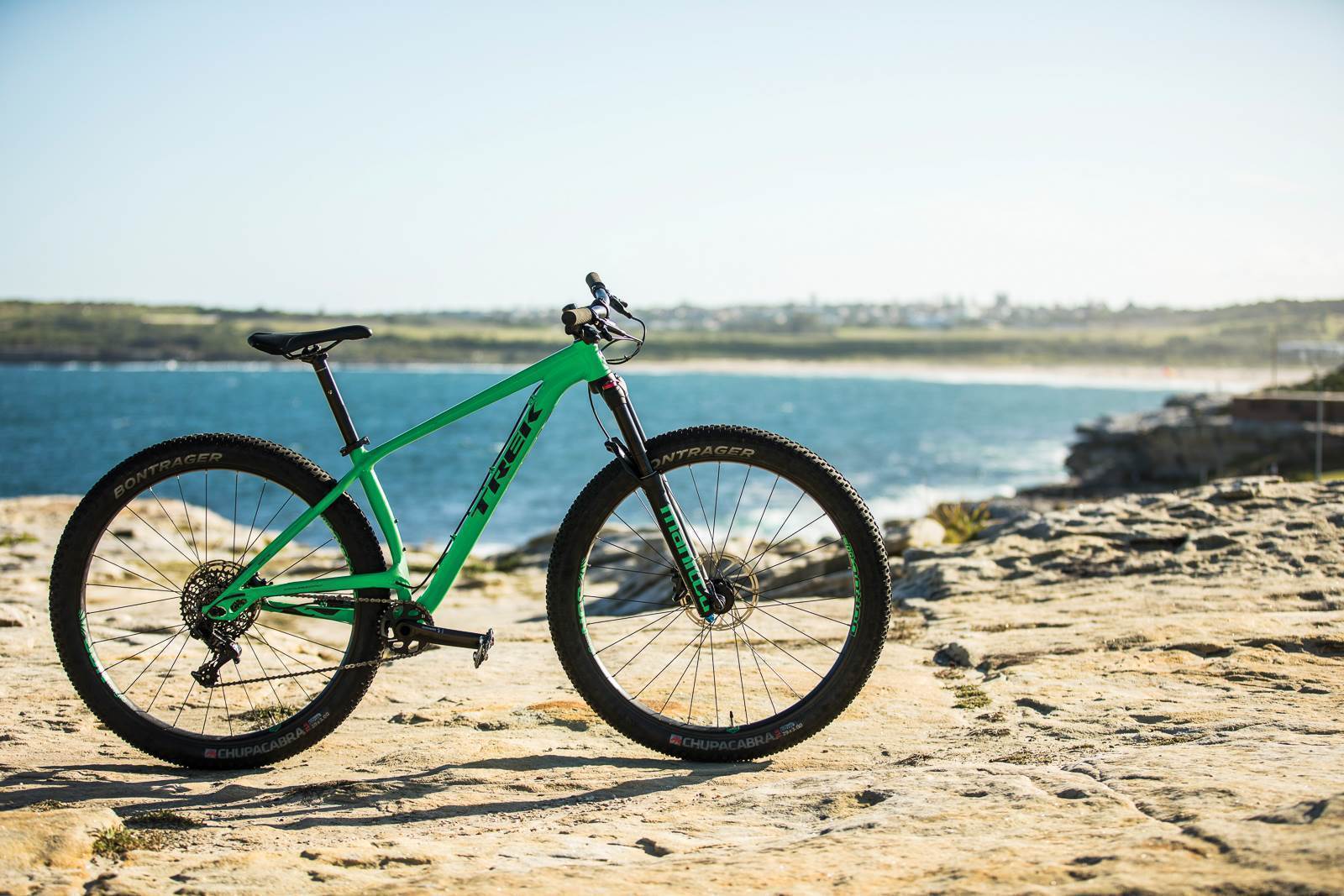

The Bontrager Chupacabra tyres are named after the legendary Latin American goat-slayer, and hold the key to slaying trails aboard the Stache. Is this even possible? Could Trek be onto something here? Stay tuned for the review where we’ll discuss this further. These attributes mean that the riding style required to get the most out of the Stache is different to how you would ride a standard dual-suspension trail bike. The Stache’s strengths include insane levels of traction and a geometry aimed at being able to throw those big hoops around at will. This is a question we’ll answer more in-depth in the review, however, what we’ve learned in our time on the Stache so far is that asking if the bike replicates the abilities of a dual suspension trail bike is not the right question to be asking. The chunky 120mm Manitou Magnum fork isn’t for the racetrack.Ĭan 29+ wheels give this bike a degree of suspension? Trek’s Travis Brown on the Stache under sunny Stromlo skies.

The Stache also runs a 120mm Manitou Magnum fork with beefy 34mm stanchions, further signaling the disorderly intentions of this bike.

Whilst the Stache is a hardtail, its unique 29+ tyres with massive volume are paired with slacker geometry angles than you would regularly see on a hardtail, such as a 68.4-degree head angle, as well as crazy short 420mm chain stays (which are adjustable depending on wheel size and rider preference). The Trek Stache 7 is designed to be an alternative to a dual suspension trail bike in the 110-130mm travel range. Note the elevated chainstay made possible by the 1x specific design, and the curved seat tube for tyre clearance. Despite the enormous wheels, the Stache’s creative rear end allows for 420mm chain stays.


 0 kommentar(er)
0 kommentar(er)
